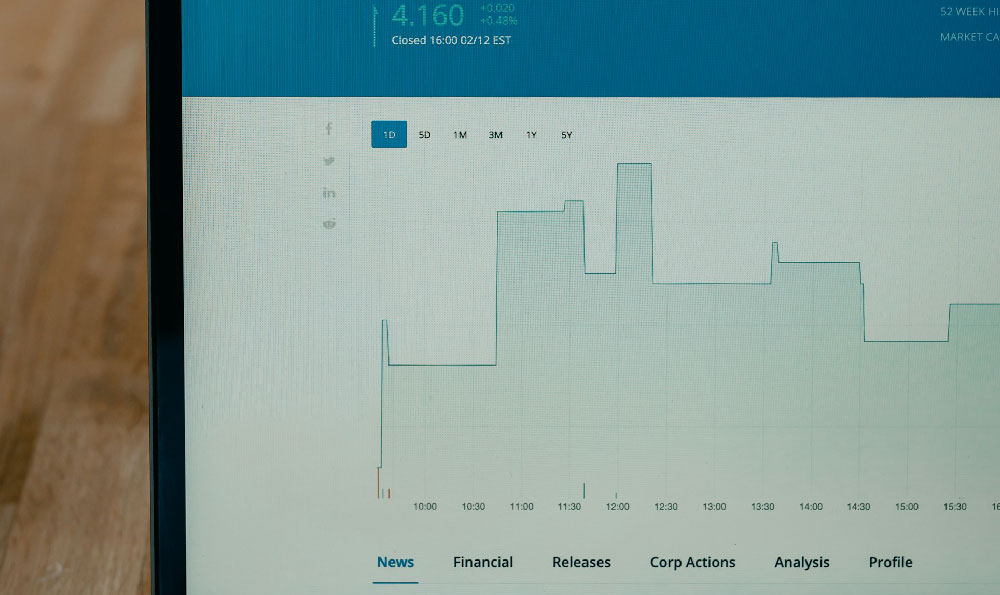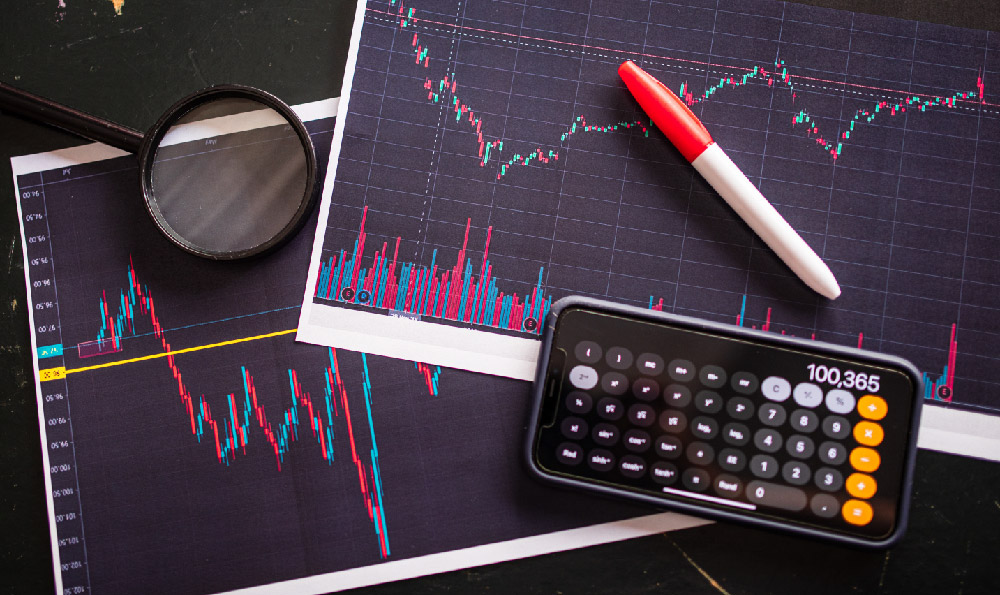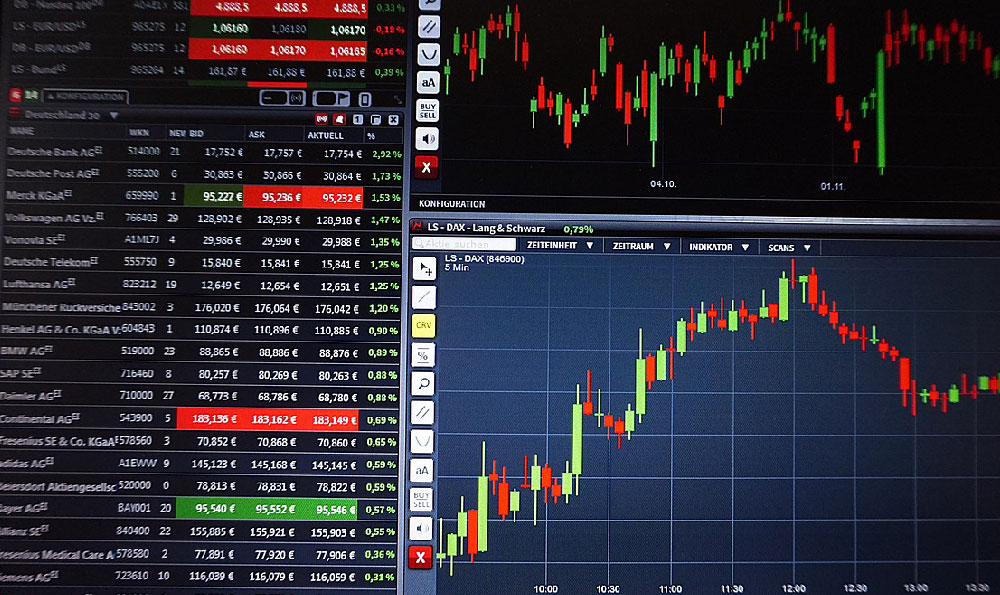As of the latest economic reports, the United States state with the highest GDP is California, which consistently leads in economic output due to its diverse industries, innovation-driven economy, and large population. The state's GDP, which often surpasses $3 trillion annually, reflects its role as a global hub for technology, entertainment, and manufacturing. While other states like Texas and New York frequently rank high, California's unique combination of factors solidifies its position as the top economic contributor. Understanding the nuances of California's economic landscape offers insights for investors, policymakers, and consumers seeking to navigate the U.S. market.
California's economic strength is deeply rooted in its ability to adapt to changing global dynamics while maintaining a robust foundation in traditional sectors. The state's GDP growth over the past decade has been influenced by advancements in renewable energy, a thriving tech sector, and a strong service industry. Major metropolitan areas such as Los Angeles, San Francisco, and San Diego serve as epicenters for these industries, generating significant employment and revenue. Additionally, California's coastal location and extensive transportation networks facilitate trade with international markets, boosting its economic resilience. However, the state also faces challenges such as high living costs, regulatory environments, and environmental concerns that investors must consider.
One of the key drivers of California's GDP is its innovation ecosystem. The presence of Silicon Valley, home to tech giants and startups alike, has made the state a magnet for venture capital and talent. According to reports, California accounts for a substantial share of U.S. patents and research and development (R&D) spending. This focus on technology not only stimulates high-tech manufacturing but also drives the growth of ancillary industries such as software development, biotechnology, and fintech. The state's investment in education, particularly in STEM fields, further strengthens its position as a leader in innovation. However, the concentration of economic activity in tech-related sectors can also create vulnerabilities, as seen in previous downturns affecting the industry.

Texas, often considered a close competitor, has consistently ranked second in GDP due to its energy sector dominance and population growth. The state's GDP is heavily influenced by petroleum, natural gas, and related industries, which have historically offered high returns. Additionally, Texas's business-friendly policies, lower tax rates, and lack of state income tax make it attractive for companies and investors. The state's economy is also bolstered by its manufacturing base, particularly in aerospace and automotive industries. However, Texas's economic profile is less diversified compared to California, making it more susceptible to fluctuations in energy prices and commodity markets.
New York, another major player, maintains its economic influence through its financial services sector, which includes Wall Street and the city's role as a global financial center. The state's GDP is also supported by tourism, real estate, and media industries. Despite its economic size, New York's growth has been impacted by the concentration of industries in the financial sector, which can be volatile. The state's high cost of living and regulatory complexity may also deter some investors, though its infrastructure and access to capital remain strong assets.
Other states such as Florida, Illinois, and Georgia contribute significantly to the U.S. economy, each with distinct strengths. Florida's tourism and aerospace industries, Illinois' manufacturing and transportation sectors, and Georgia's logistics and technology industries reflect the diversity of economic activity across the nation. These states often compete for investment in specific niches, such as renewable energy or logistics, which are increasingly important in today's global economy. Investors should evaluate these states based on their alignment with long-term industry trends and economic stability.
The economic performance of these states is not solely determined by their current GDP figures but also by their ability to foster growth and adapt to future challenges. California's continued investment in renewable energy and technology positions it well for a sustainable economy, while Texas's energy sector and growing population offer long-term opportunities. New York's financial expertise remains a key asset, even as the state diversifies into other industries. Investors can leverage these economic strengths by analyzing regional trends, assessing market dynamics, and considering regulatory environments when making informed decisions.
Ultimately, the choice of which state to invest in depends on the specific goals of the investor. For those seeking opportunities in a high-tech environment, California's innovation-driven economy offers potential for high returns. For investors interested in energy and manufacturing, Texas provides a strong foundation. Meanwhile, New York remains a reliable option for those with a focus on finance and global trade. Understanding these diverse economic landscapes allows investors to make strategic choices aligned with their financial objectives and risk tolerance. By evaluating factors such as industry growth, population trends, and economic policies, investors can identify states that offer the best prospects for long-term success.












